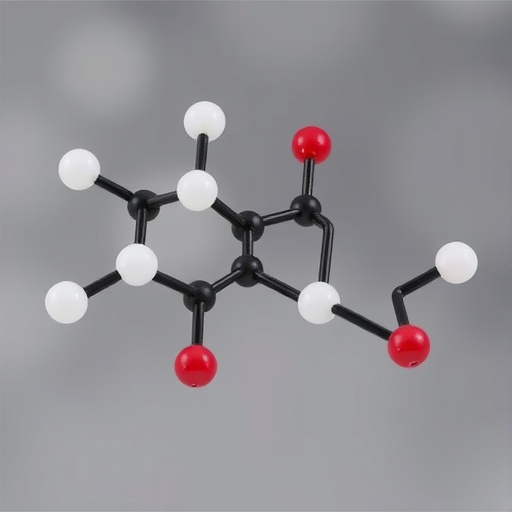CHICAGO — Northwestern Medicine scientists have found a molecule that stops the growth of an aggressive pediatric brain tumor. The tumor is always fatal and primarily strikes children under 10 years old.
Every year, about 300 children under the age of 10 years old in the U.S. develop a tumor referred to as diffuse intrinsic pontine glioma (DIPG).
"This tumor kills every single kid who gets DIPG within one year. No one survives," said the study's first author, Andrea Piunti, a postdoctoral fellow in Shilatifard's lab in biochemistry and molecular genetics at Northwestern University Feinberg School of Medicine.
The study will be published February 27 in Nature Medicine.
"To the best of our knowledge, this is the most effective molecule so far in treating this tumor," said senior author Ali Shilatifard, the Robert Francis Furchgott Professor of Biochemistry and Pediatrics and the chair of biochemistry and molecular genetics at Feinberg. "Every other therapy that has been tried so far has failed."
Radiation therapy only prolongs patients' survival by a few months, he noted.
Shilatifard's lab previously identified the pathway via which this mutation causes cancer in studies with fruit flies, which was published in Science a few years ago.
He and colleagues believed the pathway would be a good target to thwart the tumor and pushed forward with their molecular studies. Shilatifard and Piunti collaborated with C. David James, Dr. Rintaro Hashizume, Dr. Craig Horbinski, Dr. Rishi Lulla and Dr. Amanda Saratsis at Northwestern Medicine. Lulla, a pediatric neuro-oncologist, and Saratis, a pediatric neurosurgeon, respectively, are also at the Ann & Robert H. Lurie Children's Hospital of Chicago.
The scientists also are members of the Robert H. Lurie Comprehensive Cancer Center of Northwestern University.
In a study with Hashizume's group, they demonstrated mice in the experiment, which had the drug delivered through their abdomen, had an increased survival of 20 days, which is a long time in the life of a mouse, Piunti said. Now the team at Northwestern Medicine and Lurie Children's is working on delivering the drug to the brain stem to see if the effect will be more potent and effective.
To test the molecule, scientists took tumor cell lines from a pediatric patient that was untreated and injected those cells into the brain stem of a mouse. The human tumor engrafted in the brain of the mouse. The mouse was then treated with the molecule while scientists monitored the tumor. The molecule stopped the growth of the tumor cells and forced them to turn into other types of cells, known as differentiation, thereby halting its growth.
This molecule detaches proteins, known as bromodomain proteins, from their binding to a mutant protein, the histone H3K27M, which is present in more than 80 percent of these tumors.
While the molecule itself is not yet available commercially, another similar class of molecules, BET inhibitors, is being tested in clinical trials for pediatric leukemia and other types of tumors. These could be used in a clinical trial for the pediatric tumor, Piunti said.
The collaborative environment at Northwestern made the discovery possible, Shilatifard said.
"This work could not have been done anywhere in the world except Northwestern Medicine, because of all the scientists and physicians who have been recruited here during the past five years and how they work together to link basic scientific research to the clinic," Shilatifard said. "This discovery is the perfect example of how we take basic science discoveries and translate them to cure diseases at Northwestern Medicine."
###
Shilatifard's other Northwestern collaborators are Marc Morgan, Elizabeth Bartom, Stacy Marshall, Emily Rendleman, Quanhong Ma, Yoh-hei Takahashi, Ashley Woodfin, Alexander Misharin, Nebiyu Abshiru and Neil Kelleher.
The research was supported by grants RO1NS093079 and R35CA197569 from the National Cancer Institute of the National Institutes of Health.
Media Contact
Marla Weingarten
[email protected]
312-503-8928
@northwesternu
http://www.northwestern.edu
############
Story Source: Materials provided by Scienmag




